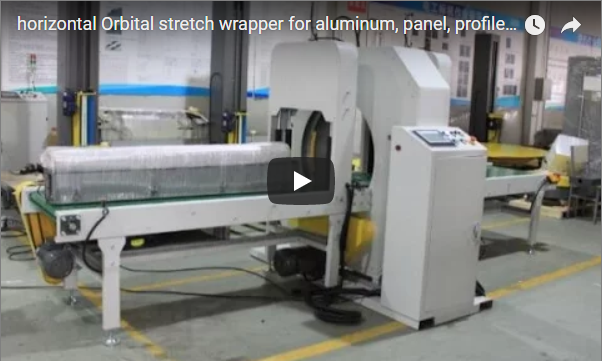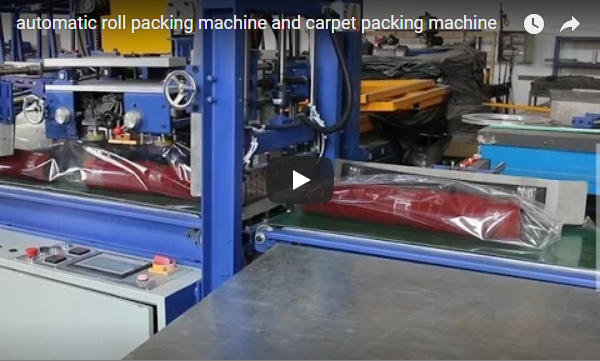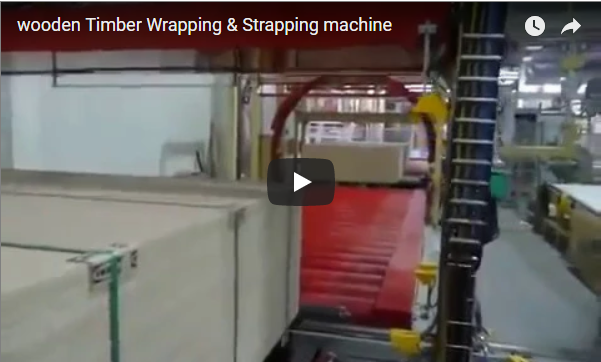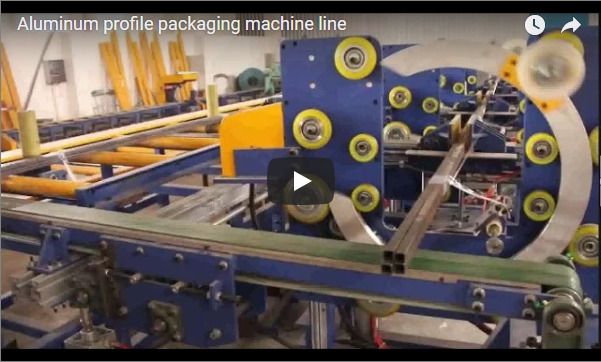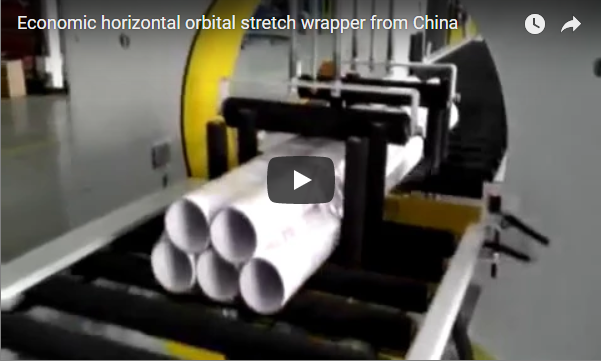1. Introduction: Addressing Modern Furniture Packaging Challenges
In the dynamic furniture manufacturing sector, particularly highlighted by operations like those in New Delhi, India, the demand for efficient, protective, and aesthetically pleasing packaging solutions is paramount. Traditional methods often fall short, necessitating advanced automated systems. This article delves into the technical capabilities, design considerations, and operational benefits of an integrated automatic film sealer and orbital wrapping machine, specifically tailored for packaging large items such as sofas, chairs, tables, and beds. We explore how this technology addresses key industry pain points and enhances logistical efficiency.
2. The Technical Bottleneck: Limitations of Manual Packaging
Manual packaging processes for large furniture items present significant technical and operational hurdles:
- Inconsistent Application: Manual wrapping often results in uneven film tension and placement, potentially compromising protective integrity and leading to film tears or product damage during handling.
- Low Throughput: Labor-intensive wrapping cycles significantly limit production output, creating bottlenecks in the dispatch process. Typical manual wrapping times per sofa can range from 10-20 minutes, depending on complexity.
- Material Wastage: Lack of precise control over film usage in manual methods often leads to excessive consumption of packaging materials like LLDPE stretch film or PE shrink film.
- Ergonomic Strain & Training: Manual handling and wrapping of bulky furniture pose ergonomic risks to personnel and require extensive training to achieve even moderate consistency.
- Vulnerability to Damage: Inconsistent wrapping offers inadequate protection against abrasion, moisture, and impact during storage and transit, increasing the risk of costly damages.
- Product Variability: Handling diverse furniture shapes and sizes (e.g., L-shaped sofas, reclining chairs) manually requires constant procedural adjustments, hindering standardization and efficiency.

funiture packing machine 2 3. Advanced Solution: The Integrated Sealing and Orbital Wrapping System
To overcome these limitations, a customized automated system combining film sealing and orbital stretch wrapping offers a robust technical solution. This system is engineered to handle significant dimensional variations, as exemplified by its capacity for sofas ranging from 1200mm to 2500mm in length, 1000mm to 1200mm in width, and 700mm to 1000mm in height.
3.1 System Architecture and Components
The core system typically comprises the following integrated modules:
- Infeed/Outfeed Conveyors: Automated roller or belt conveyors manage the smooth, controlled transport of furniture items into and out of the packaging station. Motorized options allow for seamless line integration.
- Automatic Film Sealing Unit: This module applies and seals a protective film (often PE) around the product. Common technologies include impulse heat sealing or constant heat bars for reliable, consistent seals across the product width. This often creates a fully enclosed bag before wrapping.
- Orbital Wrapping Unit: The centerpiece, featuring a rotating ring carrying the stretch film carriage.
- Ring Design: Sized appropriately for the maximum product diagonal (e.g., a 2000mm+ ring diameter).
- Film Carriage: Equipped with a powered pre-stretch system (often achieving 150-300% stretch) to maximize film yield and ensure tight, secure wrapping. Electromagnetic brake or dancer bar systems control film tension precisely.
- Rotation Speed: Variable ring rotation speed (e.g., 15-40 RPM) and conveyor speed allow optimization for different product sizes and desired wrap patterns.
- Control System: Typically managed by a Programmable Logic Controller (PLC) with a Human-Machine Interface (HMI) touch screen. This allows operators to select programs, adjust parameters (wrap counts, tension, overlap), and monitor system status and diagnostics. Integration with plant-level MES or ERP systems is often possible via protocols like OPC UA or Ethernet/IP.
3.2 Operational Workflow
- Loading: Furniture item is placed onto the infeed conveyor, either manually or via upstream automation.
- Sealing (Optional but common): Item moves into the sealing station; sensors detect its presence and dimensions. A curtain of film is draped, and sealing bars create a complete enclosure or bag.
- Transfer: The sealed (or unsealed) item is conveyed into the orbital wrapper's ring.
- Wrapping: Sensors confirm position. The ring rotates, applying stretch film layers with programmed overlap and tension. The conveyor may move the item axially through the ring for full coverage. Film is automatically clamped, cut, and wiped/heat-sealed at cycle end.
- Ejection: The fully wrapped item is transferred to the outfeed conveyor for removal or further processing.
3.3 Technical Specifications Overview
| Parameter | Typical Specification Range | Importance |
|---|---|---|
| Product Dimensions (LWH) | 1200-2500mm x 1000-1200mm x 700-1000mm | Defines machine capacity & suitability |
| Max Load Capacity | 500 - 1500 kg | Ensures safe handling of heavy furniture |
| Ring Rotation Speed | 15 - 40 RPM | Influences cycle time & wrap tightness |
| Conveyor Speed | 5 - 15 m/min | Adjustable for wrap overlap control |
| Film Type | LLDPE Stretch Film / PE Seal Film | Material compatibility |
| Film Width | 500 mm (Stretch) / up to 2800mm (Seal) | Coverage per revolution / Max product width |
| Film Pre-stretch | 150% - 300% (Powered) | Optimizes film consumption & load stability |
| Control System | PLC + HMI | Automation level, flexibility, diagnostics |
| Power Supply | 380V/50Hz/3Ph (or region specific) | Electrical requirements |
| Approx. Cycle Time | 60 - 120 seconds per piece | Key indicator of throughput |
(Note: Specific values vary based on machine model and customization)
4. Key Engineering Features and Operational Benefits
This automated approach delivers tangible improvements over manual methods:
4.1 Comprehensive Protection with Orbital Wrapping
The orbital wrapping mechanism ensures continuous film layers are applied around all six sides of the product, providing superior protection against dust, moisture, and surface abrasion compared to manual wrapping or simple top/bottom sheeting.
4.2 Enhanced Seal Integrity and Aesthetics
The automatic sealing unit creates consistent, strong seals, fully enclosing the product if desired. Combined with the tightly applied stretch film from the orbital wrapper, this results in a professional, tamper-evident package that enhances brand perception.
4.3 Significant Gains in Production Efficiency
Automating the sealing and wrapping process drastically reduces cycle times compared to manual methods (often by 50-75%), significantly increasing packaging throughput and alleviating bottlenecks. Integration with conveyors minimizes manual handling between steps.
4.4 Material Optimization through Pre-stretch Technology
The powered pre-stretch system elongates the stretch film before application, maximizing its coverage area and tensile strength. This can reduce film consumption by 30-60% compared to manual or basic mechanical stretch methods, leading to direct cost savings and reduced environmental impact.
4.5 Flexibility for Diverse Product Portfolios
Modern systems feature programmable controls that allow easy switching between settings for different product dimensions and wrapping requirements. This adaptability ensures efficient processing even with varied customer orders, maintaining consistency without manual readjustment for every item shape.
5. Practical Implementation: User Experience and Maintenance Insights
From an operator's perspective, these systems offer significant advantages:
- Ease of Use: HMI interfaces typically provide intuitive controls for program selection, parameter adjustments (e.g., number of top/bottom wraps, tension settings), and real-time status monitoring. Recipe storage allows quick recall for recurring products.
- Reduced Physical Strain: Automation eliminates the strenuous manual labor associated with wrapping large, heavy items, improving workplace ergonomics and reducing injury risk.
- Maintenance Considerations: Routine maintenance usually involves sensor cleaning, lubrication of moving parts (ring bearing, chains), inspection of film cutting/wiping mechanisms, and periodic checks of electrical connections and safety circuits. Component modularity often simplifies troubleshooting and repairs. Access points are typically designed for safe and efficient maintenance.
- Return on Investment (ROI): ROI is typically calculated based on labor savings (reduced headcount or redeployment), material cost reduction (film savings via pre-stretch), decreased product damage rates, and increased throughput enabling higher sales fulfillment. Payback periods often range from 12 to 36 months depending on production volume and previous process inefficiencies.
6. Conclusion: Elevating Furniture Packaging Standards
The adoption of automatic film sealing and orbital wrapping technology represents a significant advancement for furniture manufacturers. By addressing the core challenges of manual packaging – inconsistency, inefficiency, material waste, and potential for damage – these integrated systems deliver enhanced product protection, improved operational efficiency, and a more professional final presentation. The ability to customize solutions for specific dimensional ranges and integrate them seamlessly into production lines makes this technology a strategic investment for manufacturers aiming to optimize their logistics and safeguard product quality from factory floor to customer doorstep.
7. Frequently Asked Technical Questions (FAQs - Enhanced)
- How does the automatic transfer system coordinate with the wrapper? The transfer system uses sensors (photocells) to detect product presence and position. It communicates with the main PLC, which orchestrates the movement onto the wrapping platform, signals the wrapper to start/stop its cycle, and controls the transfer to the outfeed conveyor, ensuring seamless, collision-free operation.
- Can this system effectively wrap irregularly shaped furniture (e.g., recliners with varying profiles)? Yes, orbital wrappers excel with irregular shapes. The rotating ring applies film conformally around the object's contours. Advanced systems may offer programmable "wrap zones" or tension adjustments during the cycle to better secure complex geometries within the specified max dimensions. The key is ensuring the largest diagonal fits within the ring opening.
- What types and specifications of film are recommended? For the sealing unit, PE (Polyethylene) film, often heat-shrinkable, is common. Thickness varies (e.g., 40-100 microns) based on required puncture resistance. For the orbital wrapper, LLDPE (Linear Low-Density Polyethylene) stretch film is standard, typically 17-30 microns thick. High-performance machine-grade films with good cling and pre-stretch capabilities (up to 300%) are recommended for optimal results and material efficiency. [External Link: Example Stretch Film Specifications]
- What safety features are typically included? Standard safety features include emergency stop buttons, safety fencing or light curtains around moving parts (especially the rotating ring), interlocked access doors, clear visual/audible alarms, and compliance with relevant safety standards (e.g., CE marking in Europe, OSHA guidelines in the US).
- How is film tension controlled during the orbital wrapping process?
Film tension is typically controlled electronically via the film carriage. Common methods include:
- Electromagnetic Brake: Applies resistance to the film unwind roll.
- Powered Pre-Stretch Rollers: Two rollers rotating at different speeds stretch the film; tension is controlled by varying the speed ratio or motor torque.
- Dancer Arm System: A feedback loop using a sprung arm monitors film slack/tension and adjusts brake or motor speed accordingly. This provides highly responsive and consistent tension control.

six sides automatic horizontal stretch wrapper 8. Contact for Technical Consultation
Are you evaluating automated packaging solutions for your furniture production? We invite you to schedule a detailed technical consultation. Our specialists can analyze your specific product range, throughput requirements, and facility layout to propose an optimized sealing and wrapping system configuration, complete with performance projections and integration plans. Contact us to explore how this technology can elevate your packaging operations.


